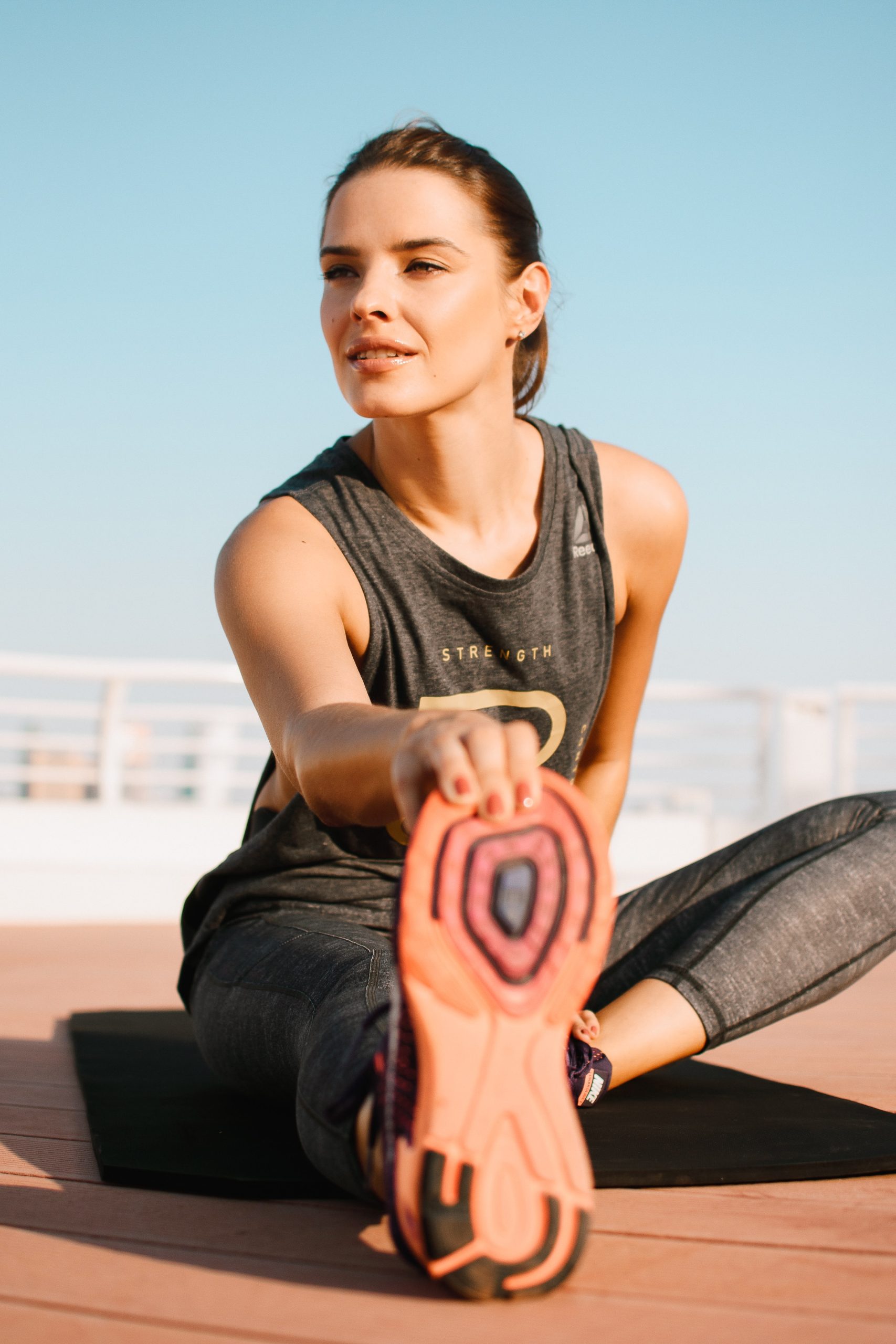Welcome to our blog post on how to create a customized fitness plan for your unique needs! Whether you’re an absolute beginner or a seasoned gym-goer, finding the right workout routine can be overwhelming. With so many options available, it’s easy to get lost in the sea of advice and conflicting information. That’s why we’ve put together this comprehensive guide that will take you from novice to expert in no time. We’ll help you identify your goals, assess your current fitness level, and tailor a program specifically for you. So let’s dive into the world of personalized fitness plans and discover what works best for YOU!
Why a Customized Fitness Plan is Important
Customized fitness plans are important because they are designed specifically for you and your unique needs. This means that the plan will be tailored to your specific goals, abilities, and preferences. It also means that the plan will be based on your current fitness level and will gradually increase in intensity as you get stronger and more fit.
A customized fitness plan is also important because it can help you avoid injury. If you have any medical conditions or injuries that could potentially be aggravated by exercise, your fitness plan can be designed to help you stay safe while still getting a great workout.
Overall, a customized fitness plan is an essential tool for anyone who wants to get the most out of their workout routine. By taking into account your individual needs and goals, a customized fitness plan can help you reach your full potential and achieve long-term success.
How to Determine Your Fitness Goals
Determining your fitness goals is the first step in creating a customized fitness plan. There are many factors to consider when setting fitness goals, including your current fitness level, health concerns, and time commitment.
Start by evaluating your current fitness level. If you have not been active for some time, start slowly with low-impact activities such as walking or swimming. As you become more fit, you can gradually increase the intensity of your workouts.
Consider your health concerns when setting fitness goals. If you have any medical conditions or injuries that limit your activity, be sure to work with your doctor to develop a safe workout plan.
Think about how much time you are willing to commit to exercise each week. Depending on your schedule, you may need to be flexible with your workout times. However, it is important to set aside enough time each week to reach your fitness goals.
Once you have considered all of these factors, you can begin setting realistic and achievable fitness goals. Remember to start slow and increase the difficulty of your workouts as you become more fit. Most importantly, listen to your body and talk to your doctor if you have any health concerns.
How to Find a Qualified Trainer
There are a few things to consider when seeking out a qualified trainer. What are their qualifications? What is their experience? Do they have any specialty areas?
The best place to start is by asking for recommendations from friends or family. If you know someone who has worked with a trainer before, they can provide first-hand insights into what it was like and whether or not the trainer was helpful. Once you have some names, you can research each one online to see what their credentials are and read reviews from other clients.
When meeting with potential trainers, be sure to ask about their experience working with clients who have similar goals as you. It’s also important to make sure they understand your unique situation and can tailor a workout plan that meets your needs. Finally, don’t forget to ask about pricing and availability so you can find a trainer that fits both your budget and schedule.
What to Expect from Your First Training Session
Assuming you have never worked out before, your first training session will be focused on learning the basic movements of different exercises. This will involve squats, presses, rows, and other compound movements. Once you have learned the proper form for these exercises, you can begin to add weight and increase the difficulty of the exercises.Your first training session will also focus on developing a base level of cardiovascular fitness. This will be done through a mix of light jogging, bodyweight circuits, and other aerobic activities. By the end of your first session, you should feel like you got a good workout in without being completely exhausted.
Conclusion
We hope this article has been informative and shed light on how to create a customized fitness plan tailored for your unique goals. Creating a personalized plan is the best way to ensure that you stay motivated and reach your fitness objectives. Whether you are just starting out or already have some experience, having a well-thought-out strategy can do wonders in helping you achieve success. Don’t be afraid to experiment with different workout routines and find what works best for you!










